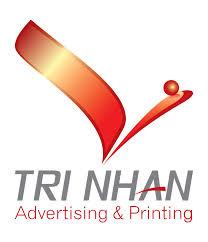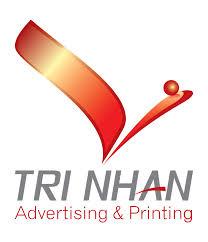Infrastructure development, soil stabilization, and erosion control have increasingly relied on innovative construction materials such as geocells. Understanding the Geocell Market Growth provides insights into market trends, technological advancements, and industry adoption. As Per Market Research Future, the geocell market is experiencing substantial growth due to rapid urbanization, increased infrastructure projects, and the growing need for sustainable construction solutions.
Geocells are three-dimensional, honeycomb-like structures made from polymeric materials, designed to reinforce soil and improve load distribution. They are widely used in civil engineering, road construction, slope protection, and erosion control. By containing and stabilizing infill materials such as sand, gravel, or soil, geocells enhance load-bearing capacity, reduce soil erosion, and prolong the lifespan of infrastructure projects.
Drivers of Market Growth
One of the primary drivers of geocell market growth is the increasing demand for sustainable and cost-effective soil stabilization techniques. Infrastructure projects, including highways, railways, and airports, require reliable solutions to withstand heavy loads and environmental challenges.
Urbanization and industrial expansion also boost the demand for geocells, as growing populations necessitate roads, bridges, and other civil engineering projects. Additionally, government initiatives supporting sustainable construction practices and erosion control measures contribute to the adoption of geocell solutions.
Technological improvements in geocell materials, such as high-strength polymers, UV-resistant coatings, and modular designs, further support market growth by increasing durability, flexibility, and ease of installation.
Technological Advancements
Advancements in geocell technology include:
-
High-strength polymer construction for long-lasting performance under heavy loads
-
UV and chemical resistance to enhance durability in harsh environmental conditions
-
Lightweight modular design for easy transportation and installation
-
Integration with modern geosynthetic materials for reinforced soil systems
These innovations improve the performance of geocells in diverse applications, making them more reliable and cost-effective for large-scale infrastructure projects.
Applications Across Sectors
Geocells are utilized in various civil and environmental engineering projects:
-
Road and highway construction for load distribution and pavement stabilization
-
Slope and embankment reinforcement to prevent soil erosion and landslides
-
Retaining walls and channels for water flow management and soil stabilization
-
Railway and airport runways to improve subgrade strength and reduce maintenance
By providing structural support, geocells reduce maintenance costs, improve project durability, and enhance environmental sustainability.
Environmental and Regulatory Influence
Geocells contribute to sustainable construction by reducing soil erosion, improving water drainage, and minimizing the need for natural aggregates. These environmental benefits align with government regulations promoting eco-friendly infrastructure practices.
Regulatory standards for road safety, erosion control, and construction sustainability encourage the use of geocells in civil engineering projects. Compliance with these guidelines ensures long-term reliability, environmental protection, and reduced project costs.
Regional Growth Opportunities
The geocell market is growing globally, with key opportunities in:
-
North America, driven by highway, rail, and airport construction projects
-
Europe, emphasizing sustainable construction and erosion control
-
Asia-Pacific, fueled by rapid urbanization, industrial expansion, and government infrastructure initiatives
Emerging regions in the Middle East, Africa, and Latin America are also adopting geocell solutions to support large-scale civil and environmental projects, enhancing project durability and sustainability.
Future Outlook
The geocell market is expected to grow steadily as infrastructure demands rise and sustainability becomes a key consideration in construction projects. Future trends include the development of eco-friendly materials, integration with advanced geosynthetic systems, and expanded applications in coastal protection and disaster management.
Geocells will continue to be essential in strengthening infrastructure, preventing soil erosion, and promoting sustainable construction practices globally.
Frequently Asked Questions
Q. What is a geocell?
It is a three-dimensional polymeric honeycomb structure used for soil stabilization, load distribution, and erosion control.
Q. Where are geocells applied?
They are used in road construction, slope reinforcement, retaining walls, channels, railways, and airport runways.
Q. Why are geocells important for construction projects?
They improve load-bearing capacity, prevent soil erosion, enhance project durability, and support sustainable infrastructure development.
More Related Reports:


